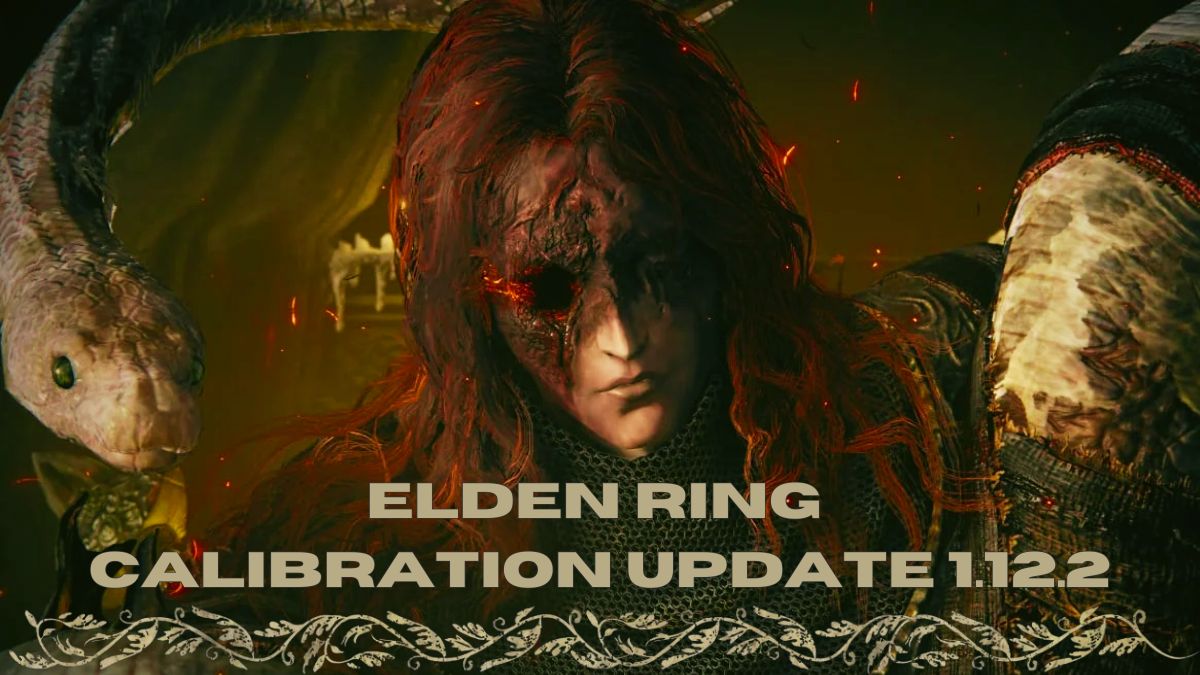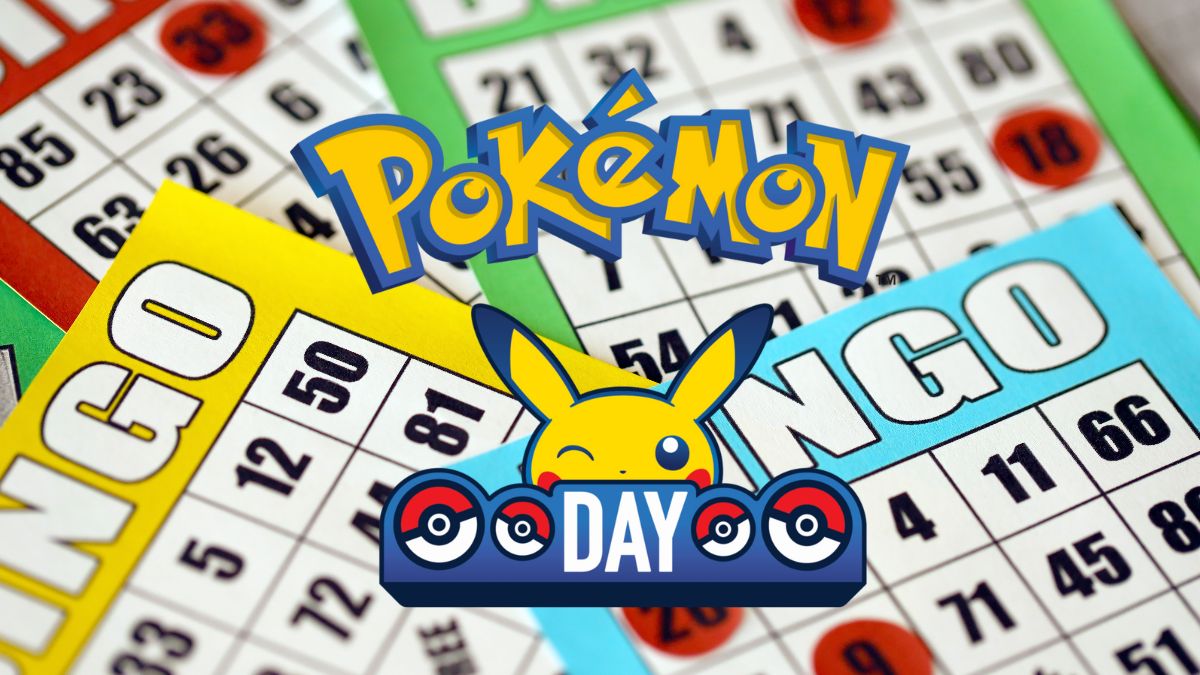Pillars of Eternity II: Deadfire promises an immersive world for players to explore once it lands on May 8, 2018.
Note: This preview is based off a show floor demo and provides first impressions for character creation and plot. For a more in-depth look at Pillars of Eternity II: Deadfire, check back when the game launches in May 2018.
Obsidian Entertainment’s Pillars of Eternity II: Deadfire is approaching fast, bringing fans back to the fantasy world Eora. And a hands-on demo at PAX East 2018 revealed an incredibly sleek and well-written role-playing game, perfect for series veterans and newcomers alike.
Deadfire continues straight from the original Pillars of Eternity, which launched in 2015 as a spiritual successor to such classic computer role-playing games as Baldur’s Gate and Planescape: Torment. In Pillars of Eternity, players take on the role of the Watcher, an adventurer who can peer into people’s memories and souls. The game follows the Watcher as they investigate a mysterious plague creating “hollowborn,” or newborns that have no soul.
Pillars of Eternity II once again puts players in control of the Watcher, who is tasked with traversing the Deadfire Archipelago to find the god of light and rebirth, Eothas, while leading a party around the world on foot and on a pirate vessel at sea. Just like its predecessor, Pillars of Eternity II will let players be as aggressive, diplomatic, or non-violent as they so choose to complete their quests.
The PAX demo focused on a small slice of the game on Tikawara, a remote island hosting the Huana tribe. For supporters, the premise will most likely sound familiar: The demo was based off the backers’ beta demo available to all Fig users who pledged $99 or more to fund the game.
At a glance
- Game: Pillars of Eternity II: Deadfire
- Genre: CRPG
- Platforms: PC, Xbox One, PlayStation 4, Nintendo Switch
- Release Date: May 8, 2018 (PC); Q4 2018 (Consoles)
Pillars of Eternity II starts with five difficulty levels, from a story-driven mode that mitigates combat’s challenges to a hardcore option designed to challenge players’ abilities with a huge swarm of enemies that use “the most devious AI tactics” available. After choosing the “Classic” difficulty, I immediately entered the game’s character creator and began working on my Watcher’s attributes.
These days, RPGs like Mass Effect and Skyrim tend to simplify character creation, giving players a rudimentary set of skills and physical features to choose from before sending the player off into the world. But in Pillars of Eternity II’s demo, Obsidian gave me plenty of opportunities to customize my avatar. The game features six race options alone and eleven classes to choose from, not even including subraces and subclasses that players can pick for their characters. I took my time reading through each class and race, fine-tuning my character’s backstory as a female elf archer with a charismatic personality.
The entire system reminded me of playing Dungeons & Dragons with my friends, actually. By the time I sent my archer out into the world, I walked away with the feeling that I was carving out a space for myself in a much larger game world with a rich lore and history.

After finally setting on my character’s traits, I dropped into Tikawara and started schmoozing up to the locals. But unlike games like Fallout 4 or Dragon Age: Inquisition, meeting with a quest-giver felt lengthy and in-depth. I had to earn characters’ trust before they gave me a task, often by engaging in a conversation with them and learning about the backstory behind current events happening around the island. In Pillars of Eternity II, NPCs’ hidden fears, prejudices, and desires subconsciously came through during my playthrough, and it made each person feel realistic, no matter how big or small their role. It also made the world itself feel like a living place, somewhere with a history that was much bigger than my Watcher.
The stats I put into my character while leveling up played a much bigger role in my relationships with NPCs than in other contemporary RPGs, too. Demonstrating more diplomacy or history unlocked more information I needed to learn about Tikawara and the Huana while wandering around the village, bringing the demo’s region to life. In comparison, games like Fallout 4 use the “speech” skill as an easy gamble to unlock more caps or make quests a little easier. Having a higher skill in Pillars of Eternity II didn’t make quests easier, it made them richer, and by the demo’s end I felt like a protagonist in a fantasy novel—not a superhuman warrior on a mission.
It’s not just Pillars of Eternity II’s story and mechanics that are impressive. There’s plenty of polish to go around, too. The game’s animations are smooth, its graphics are stellar, and loading times were seamless. I encountered zero bugs during my demo, and I found myself repeatedly impressed by the game’s sleek UI. This is one game that’s easy to pick up and play, especially for hardcore RPG fans that want to explore a world filled with rich storytelling potential.
But most of all, Pillars of Eternity II: Deadfire impressed me because it was so approachable. It feels like a game built for both old-school fans and newcomers alike, and it has the writing and character customization options to prove the point. My interest in the game only grew as I began exploring Tikawara and talking to NPCs.
It’s a shame I didn’t get to take my party into combat and see how it plays out. But Obsidian’s sequel does an incredible job where it counts—its writing. And for that reason alone, fans should look forward to the game when it launches next month on PC.









Published: Apr 21, 2018 12:12 am